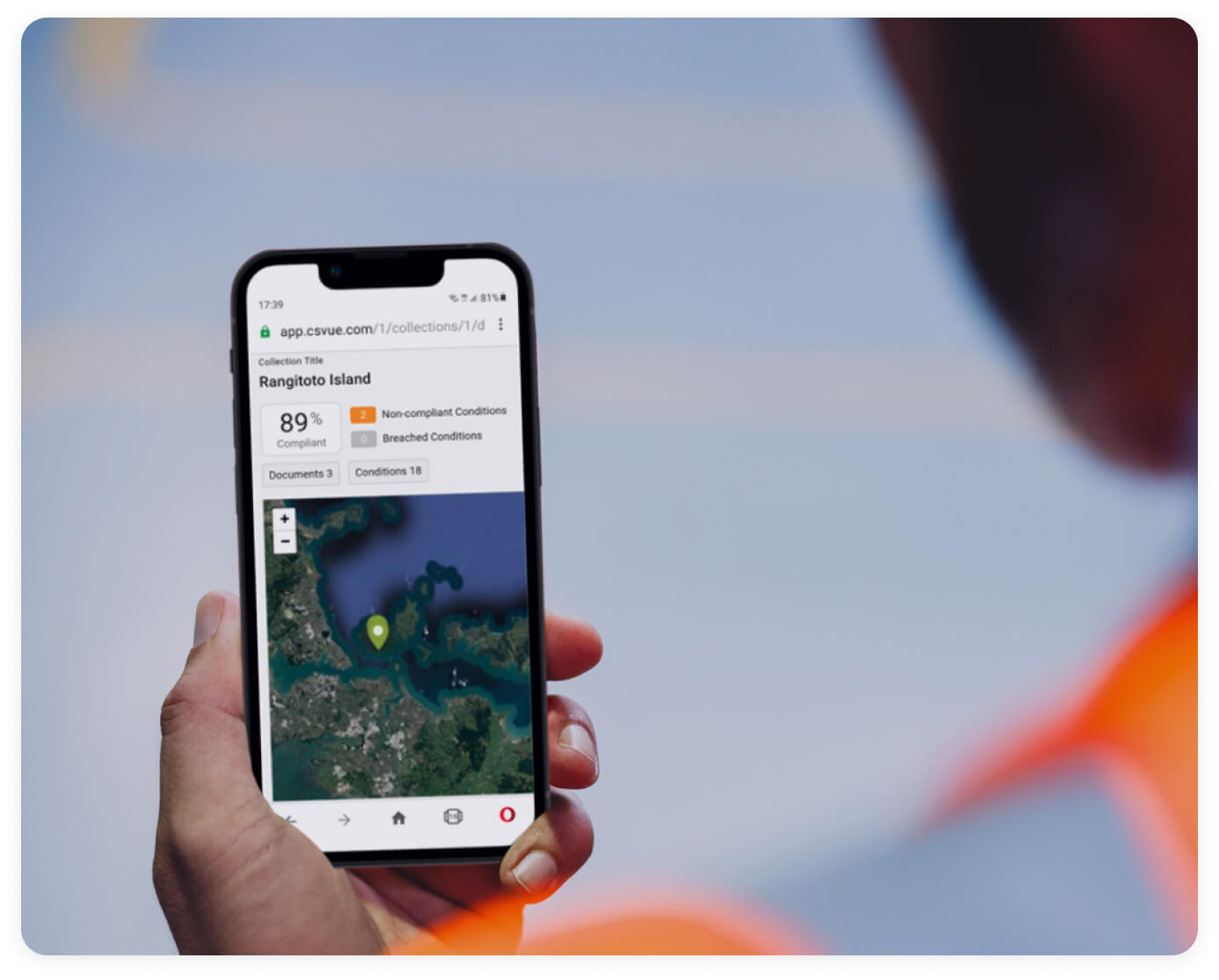Wading into the complexity of regulations
If you so much as touch the ocean’s edge as part of your operations, chances are you’re facing a breathtaking array of environmental protection laws. And there’s almost certainly more to come as public pressure forces governments to hold back the tide of ever-advancing development. In the meantime, the opportunity for growth in the commercial marine sector makes these challenges worth tackling. Organisations with the foresight to automate the monitoring and analysis of their environmental impacts will be best positioned to claim and retain a significant share of this growing industry.
While competitors scramble to do the minimum compliance activity, these organisations will perform far above standards as part of BAU. These monitoring activities also equip organisations with valuable insights into their sustainability practice, financial performance and long-term environmental impact. The improved oversight means they may avoid breaches entirely.
In 2020, fishery giant Sealord was found in breach of regulations and forced to forfeit a vessel valued at $16 million. The boat’s skipper and first mate had trawled or dredged in protected areas and were separately fined. However, Sealord had the ultimate responsibility—the company self-reported the offences. Better monitoring of vessels would have arguably minimised or deterred the offences entirely.
Environmental compliance software is make-or-break
Many large operations still rely on manual processes or general health and safety compliance software. Both lack the automation and functionality needed to monitor conditions, meet regulations and easily report on environmental impact metrics. Both methods require staff to invest manual effort on low-level administrative tasks – time that could be better spent on value-add activities. This manual work also slows reporting and monitoring so much that it can often be useless – companies learn only after the fact that they’ve breached conditions or missed deadlines.
Organisations that use purpose-built environmental compliance and risk management software have different experiences. Built to handle specific environmental metrics, the software ensures organisations can front-foot potential issues, spotting and addressing risks before they impact operations. Implemented correctly, it can help systemise and automate compliance activities, moving organisations from reactivity to proactivity and unlocking business-enhancing insights. For those looking to expand operations, it will be even more critical.
- Support bids for resource consent
Using environmental compliance management software doesn’t just mean you’ll remain compliant; it also makes it easy to prove. This lets you build an unquestionable GRC and environmental track record, strengthening any bid for resource consent.
- Maintain social license to operate
Expanding commercial operations in marine environments can often attract scrutiny and heated opposition from locals and environmental groups. Software facilitates excellent compliance processes, protocols and reporting, which can help reassure stakeholders.
- Ensure construction compliance
Environmental compliance software is again essential when it comes to your infrastructure expansion. With sensors and processes, staff across all construction areas can effectively manage compliance.
CS-VUE – designed for AU/NZ environment
CS-VUE compliance software goes one further than standard environmental compliance software. It’s not just designed around compliance activities in general but built to work with Australia and New Zealand’s highly complex environments and regulations.
The software’s efficiency and unmatched oversight let decision-makers effectively assess and manage consent and environmental performance, even in the most complex marine operations. Managers get a big-picture overview, then slice and dice the data or dig into the details.
Sensor integration
For the aquaculture industry, CS-VUE’s IOT capacity can make a profound impact.
- Automate compliance
CS-VUE enables full integration of your environmental sensors to support your compliance activities. You can set performance metrics or limits for measuring flow rate, dissolved oxygen, turbidity, pH or temperature. Your people are only alerted when there’s an issue. This real-time compliance management helps prevent breaches and mitigates any negative impact.
- Inform decision-making
Understanding marine conditions with sensor integration may enable you to minimise unnecessary intervention, avoid rough conditions, optimise asset management, maximise catch rate, monitor product quality and more.
“Our digital sensor integration capability sets us apart,” says Wayne Fisher, CS-VUE General Manager. “Most organisations still track environmental data via a myriad of manual spreadsheets. CS-VUE delivers real-time, automated environmental performance reporting on one platform.”
Catch the big fish
As New Zealand’s aquaculture industry expands, commercial operators have a choice: invest in the right technology or be left in others’ wake. Industry-leading software will increase visibility and control, reduce the administrative burden and protect a social license to operate. Those still managing compliance manually will spend too much time entering data and dealing with breach notices to claim their share of the ocean.
To see how CS-VUE could work for your aquaculture organisation, book a complimentary trial.




